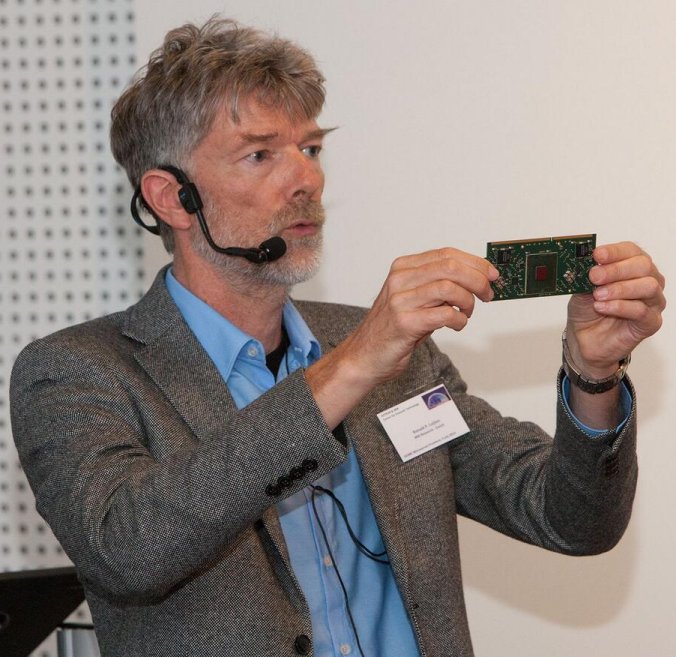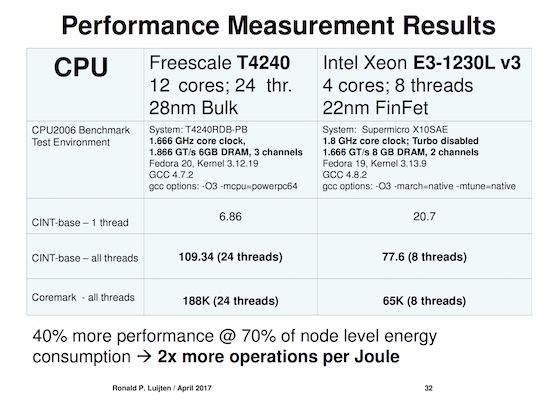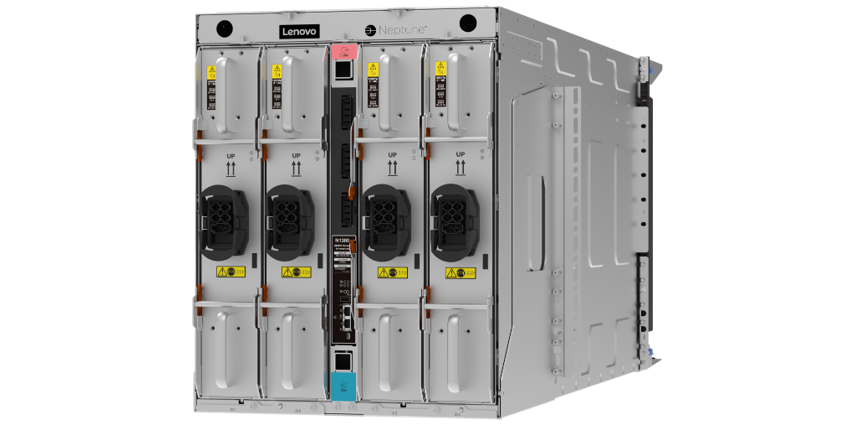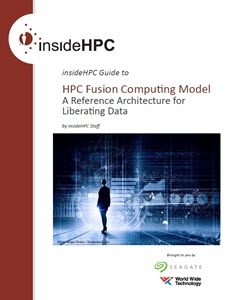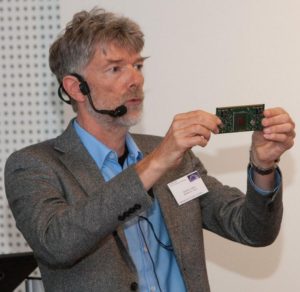
Ronald P. Luijten, Data Motion Architect and senior project leader DOME uDataCenter project at the Zurich Research Laboratory
In this slidecast, Ronald P. Luijten from IBM Research in Zurich presents: DOME 64-bit μDataCenter.
I like to call it a datacenter in a shoebox. With the combination of power and energy efficiency, we believe the microserver will be of interest beyond the DOME project, particularly for cloud data centers and Big Data analytics applications.”
The microserver’s team has designed and demonstrated a prototype 64-bit microserver using a PowerPC based chip from Freescale Semiconductor running Linux Fedora and IBM DB2. At 133 × 55 mm2 the microserver contains all of the essential functions of today’s servers, which are 4 to 10 times larger in size. Not only is the microserver compact, it is also very energy-efficient.
- One of its innovations is hotwater cooling, which in addition to keeping the chip operating temperature below 85°C, will also transport electrical power by means of a copper plate.
- The concept is based on the same technology IBM developed for the SuperMUC supercomputer located outside of Munich, Germany. IBM scientists hope to keep each microserver operating between 35–40 watts including the system on a chip (SOC) — the current design is 60 W.
- The next step for scientists is to begin to take 128 of the microserver boards using the newest T4240 chips to create a 2U rack unit with 1536 cores and 3072 threads with up to 6 terabytes of DRAM. In addition, they will be adding an Ethernet switch and power module to the integrated water-cooling.
DOME is a joint project with Astron, The Netherlands Institute for Radio Astronomy, in the area of “Big Data” processing and storage of astronomical data. The Square Kilometre Array (SKA) radio telescope that is currently under design and expected to be operational by 2024 will not only require an extremely high computing performance, but also has extremely challenging data-storage requirements. The SKA storage infrastructures will require technologies way beyond the state of the art to efficiently store the vast amount of data generated — in the range of petabytes per day. The data needs to be stored at the lowest possible cost, should be archived as energy efficiently as possible, and needs to be easily accessible by researchers from various locations worldwide.

